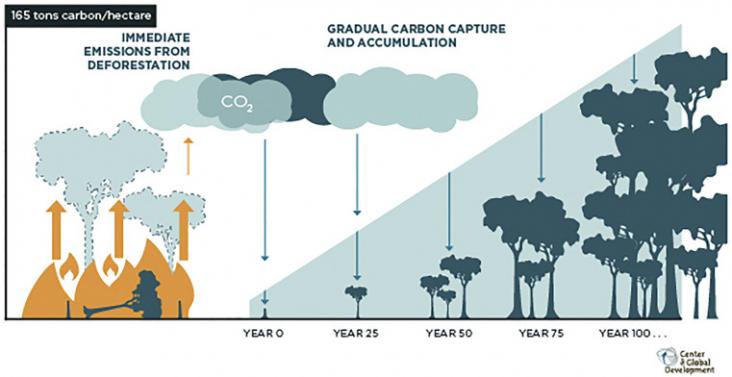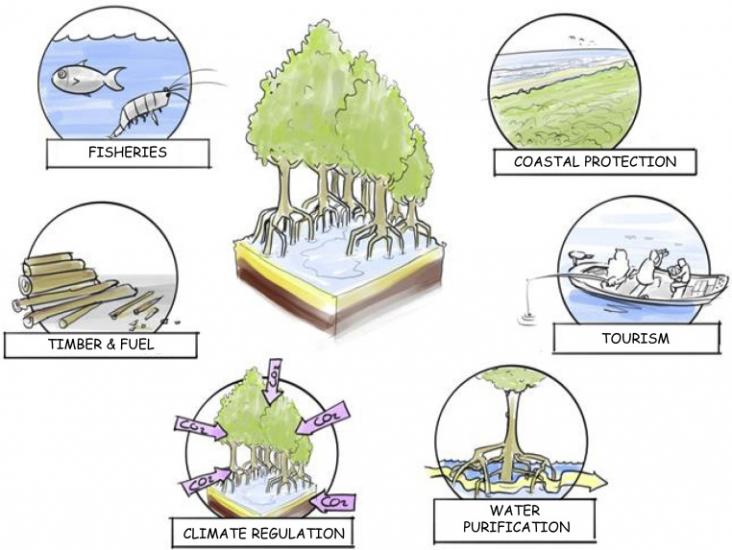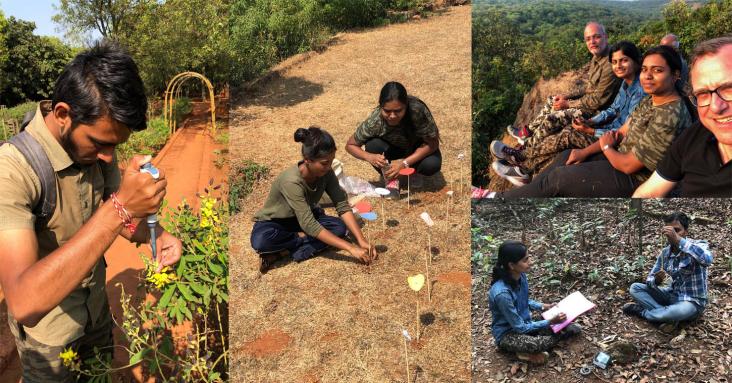If moral concern for nonhuman nature underpins conservation, it is essential to understand how individuals populate their “moral communities,” a core concept from environmental ethics, with various el
Most of the terrestrial world is experiencing high rates of land conversion despite growth of the global protected area (PA) network.
Refuges and refugia are important to conservation management because of their potential to protect species from difficult-to-manage threats such as changing climate, extreme events (e.g., drought, fir
This study investigates the ostracod assemblages obtained from a sediment core from a paleolake in the Sağlık plain in south-central Anatolia (Turkey). In addition to ostracods, oxygen and.
Climate change and population growth generates a decrease in water availability around the world which can compromise the maintenance of sustainable agriculture.
Forests are key components of the global carbon cycle and dominate mitigation strategies for climate change and biodiversity loss.

Largely driven by the corporate sector, the recent surge of interest in trees as a solution to climate change has a distinct emphasis on planting trees.

Mangrove forests are found on sheltered coastlines in tropical, subtropical, and some warm temperate regions.

This articles highlights one of the winning proposals of the Elsevier Foundation Green & Sustainable Chemistry Challenge, “Butterfly attractant for pollination and ecosystem health.” The project, which combines ecology and chemistry, involved field observations and lab-based experiments to protect biodiversity in the Western Ghats of India by increasing butterfly pollination, contributing to SDGs 13, 15 and 17.
Urban expansion is considered to be one of the main threats to global biodiversity yet some pollinator groups, particularly bees, can do well in urban areas.
